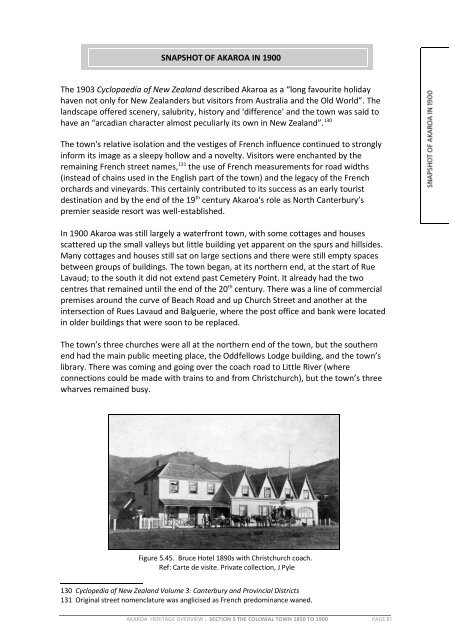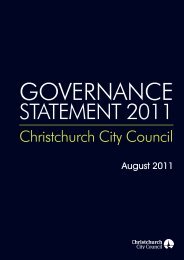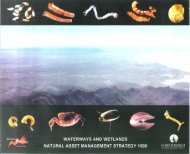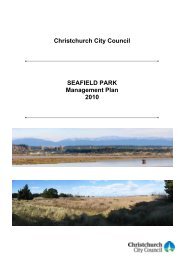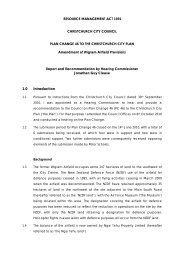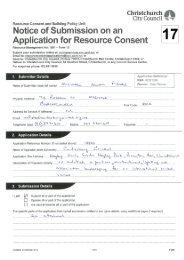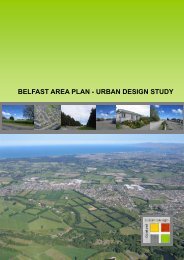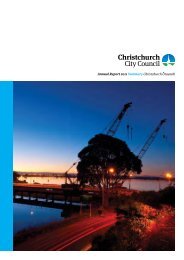Akaroa Historical Overview - Christchurch City Council
Akaroa Historical Overview - Christchurch City Council
Akaroa Historical Overview - Christchurch City Council
You also want an ePaper? Increase the reach of your titles
YUMPU automatically turns print PDFs into web optimized ePapers that Google loves.
c<br />
SNAPSHOT OF AKAROA IN 1900<br />
The 1903 Cyclopaedia of New Zealand described <strong>Akaroa</strong> as a “long favourite holiday<br />
haven not only for New Zealanders but visitors from Australia and the Old World”. The<br />
landscape offered scenery, salubrity, history and 'difference' and the town was said to<br />
have an “arcadian character almost peculiarly its own in New Zealand”. 130<br />
The town's relative isolation and the vestiges of French influence continued to strongly<br />
inform its image as a sleepy hollow and a novelty. Visitors were enchanted by the<br />
remaining French street names, 131 the use of French measurements for road widths<br />
(instead of chains used in the English part of the town) and the legacy of the French<br />
orchards and vineyards. This certainly contributed to its success as an early tourist<br />
destination and by the end of the 19 th century <strong>Akaroa</strong>'s role as North Canterbury’s<br />
premier seaside resort was well-established.<br />
In 1900 <strong>Akaroa</strong> was still largely a waterfront town, with some cottages and houses<br />
scattered up the small valleys but little building yet apparent on the spurs and hillsides.<br />
Many cottages and houses still sat on large sections and there were still empty spaces<br />
between groups of buildings. The town began, at its northern end, at the start of Rue<br />
Lavaud; to the south it did not extend past Cemetery Point. It already had the two<br />
centres that remained until the end of the 20 th century. There was a line of commercial<br />
premises around the curve of Beach Road and up Church Street and another at the<br />
intersection of Rues Lavaud and Balguerie, where the post office and bank were located<br />
in older buildings that were soon to be replaced.<br />
The town’s three churches were all at the northern end of the town, but the southern<br />
end had the main public meeting place, the Oddfellows Lodge building, and the town’s<br />
library. There was coming and going over the coach road to Little River (where<br />
connections could be made with trains to and from <strong>Christchurch</strong>), but the town’s three<br />
wharves remained busy.<br />
Figure 5.45. Bruce Hotel 1890s with <strong>Christchurch</strong> coach.<br />
Ref: Carte de visite. Private collection, J Pyle<br />
130 Cyclopedia of New Zealand Volume 3: Canterbury and Provincial Districts<br />
131 Original street nomenclature was anglicised as French predominance waned.<br />
AKAROA HERITAGE OVERVIEW : SECTION 5 THE COLONIAL TOWN 1850 TO 1900 PAGE 81


